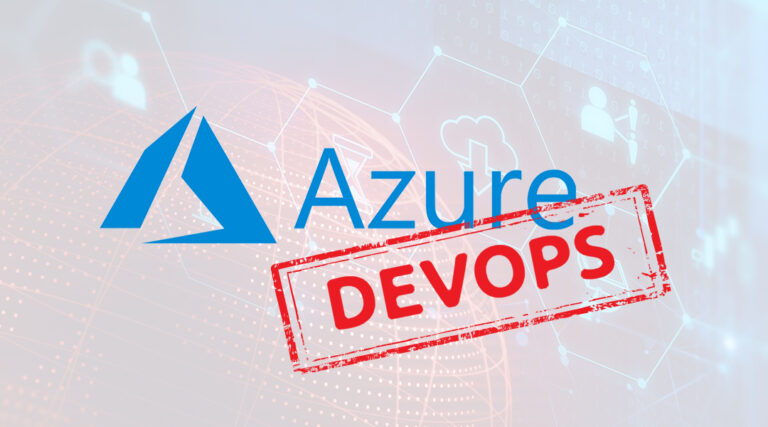
Microsoft has unveiled its first release candidate for Azure DevOps Server 2019, offering a new navigation, improvements to the release management, and Azure SQL support to anyone interested in the on premises release of the project formerly known as Team Foundation Server.
DevOps types using Azure DevOps service might already be familiar with the new navigation via DevOps Server RC. It is inspired by the Fluent design language adopted at Microsoft and aims at speed and clearness in the face of high information density. To separate project from global spaces, the project navigation has been moved to the left. On top of that a new global header provides location context and access to global controls. A “My Work” flyout should help users get back to their work items, pull requests and favourites no matter in which parts of DevOps Server they currently are.
Speaking of work items, those can now be found in a dedicated hub which offers lists of items assigned to you or those recently updated for example as well as ways to filter them. It’s also possible to change the type of a work item or move it to another project within a project collection, if you’re willing to disable the data warehouse. Meanwhile the backlogs hub has been split into backlogs, boards, and sprints, which should facilitate finding features.
The sprint planning features let you create or join a sprint schedule via the hub mentioned. Work items can be dragged and dropped from the planning pane in the backlog into sprints, and filters can help cut down the view to the information you need. To stay on top of your releases Azure DevOps Server 2019 includes a release management interface that shows the status of what element has been deployed to which environment.
If you’re currently using the client object model or the SOAP API, you might soon have to rethink your choices, since Microsoft plans to remove support for both in the next major release of Azure DevOps Server. Those who toy with the idea of upgrading from Team Foundation Server should then remember to update their documentation – after all there’s a new UI and navigation that should be incorporated. A complete list of all changes can be found in the docs.
